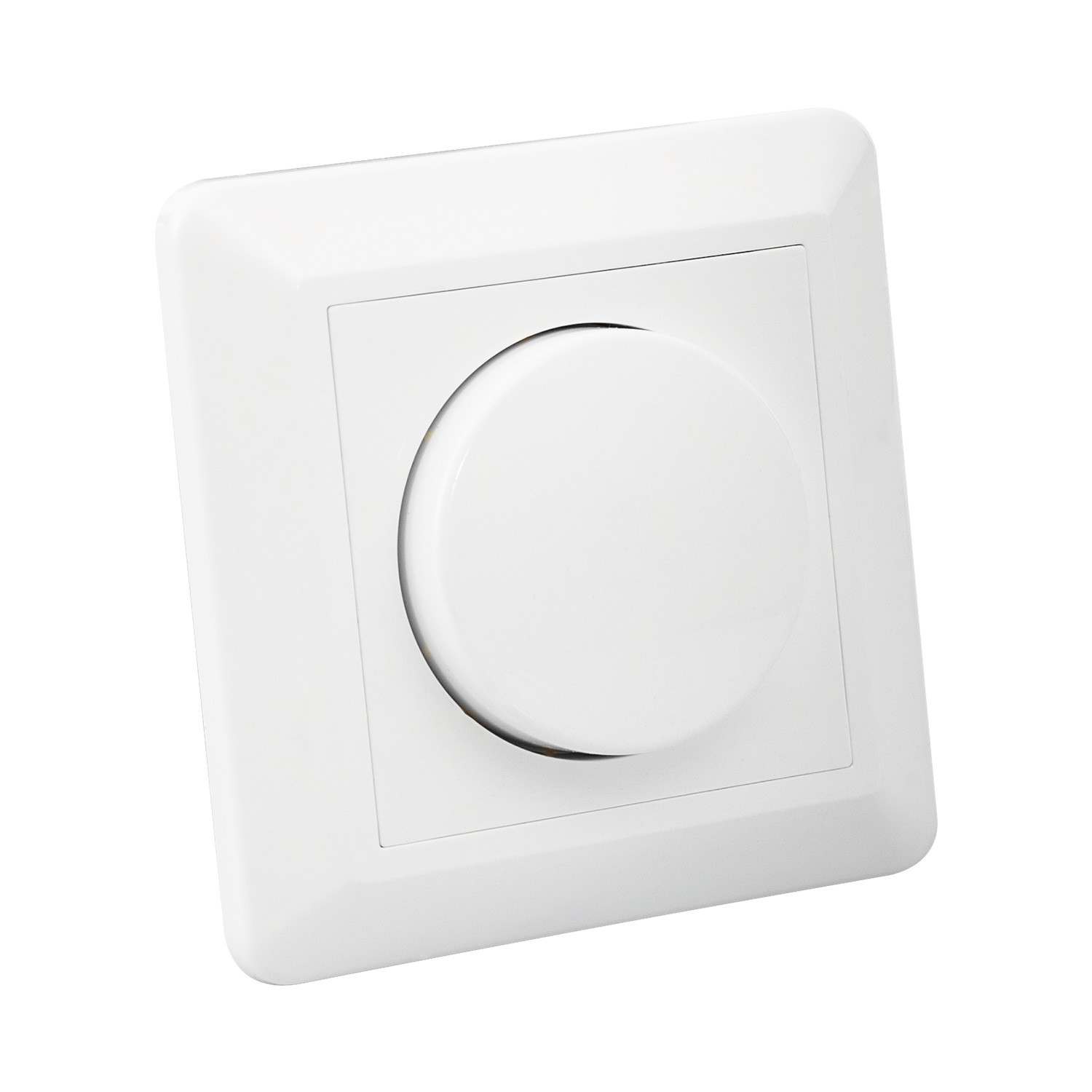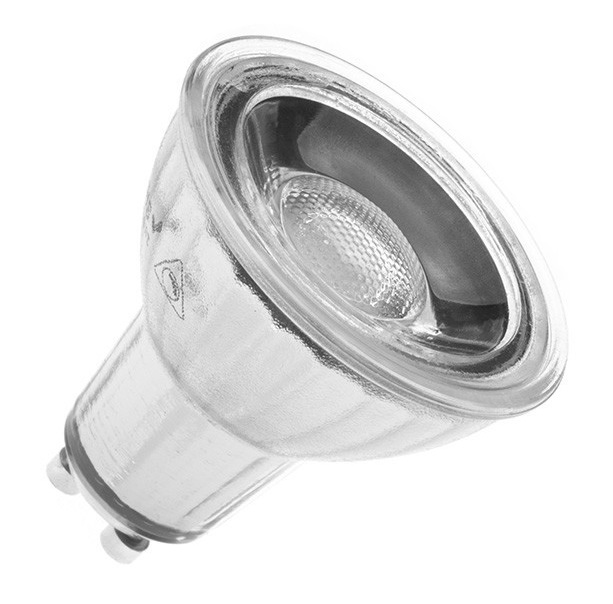Dimmable LED bulbs allow us to play with the power of the light emitted, creating different environments by changing the visual appearance and the mood of the space. It is important to note that in addition to the bulb itself we need a dimmer (regulator) to adjust the light intensity. There are also products to control the tone of the light, which will allow us to create a perfect atmosphere in the home.
In our online lighting store Ledkia we have dimmer controllers specially designed for LED lighting.

It is advisable not to buy dimmable LED bulbs without first selecting a suitable dimmer. In this way, we will already know the maximum load supported by the dimmer and we will choose the power of the bulbs according to this value.
Dividing the bulbs in a room among more than one dimmer gives us greater control, allowing us to adjust the light levels by zones and create a multifunctional space.
Bulbs that operate with continuous electricity natively are always dimmable. On the other hand, bulbs that have a driver to convert alternating current, such as LEDs, must be manufactured specifically so that they can be dimmed. Otherwise we can have problems of flickering, incorrect dimming or even damage the bulbs themselves.
Advantages of dimmable LED bulbs
By opting for dimmable lighting, it is clear that we get to improve the comfort of any space, as we will always have available the right light for the activity we are doing.
On the other hand, when we are using dimmable LED bulbs below their maximum intensity we are reducing power consumption. For example, if we have ten 7W bulbs working at 50% the consumption would not be 70W, but about 56W. In other words, we save 40% of the regulated power. In addition, a luminaire that is working below its rated wattage lasts longer and so replacement costs are reduced.
My new bulbs flicker or cannot be dimmed, why?
These problems are very common when we decide to upgrade our dimmable lamps for LED ones, but we do not consider renovating the rest of the installation. To avoid any of these problems it is highly recommended to change not only the bulbs, but also the dimmer and eliminate, if it exists, the 12V transformer and opt for luminaires that work directly at 220V.

Flickering is inherent to the combination of the light source and the associated electronics. Even traditional incandescent bulbs exhibit some flicker when the supply voltage passes 0V, and this occurs up to 120 times per second. In this case, the time that elapses is not sufficient for the filament to cool down and stop lighting. But with LED lighting, a few microseconds are enough for it to switch off completely.
This happens mainly for two reasons. The first is due to the minimum load of the dimmer itself, which may be too high for it to “detect” the bulbs correctly, especially when dimming below 50% intensity. It may also happen that we can never lower the light intensity below a certain threshold due to the low load we have with dimmable LED bulbs.
The second and most common reason is dimmer incompatibility with LED luminaires. This happens mostly when upgrading only the bulbs, leaving the existing driver. In fact, if the pre-existing dimmer works by pulses, it can damage the internal driver of the dimmable LED bulbs, leaving them unusable.
In Ledkia we have dimmers, bulbs, ceiling lights and dimmable plates that will adapt perfectly to our needs and allow us to create an infinite number of environments.

